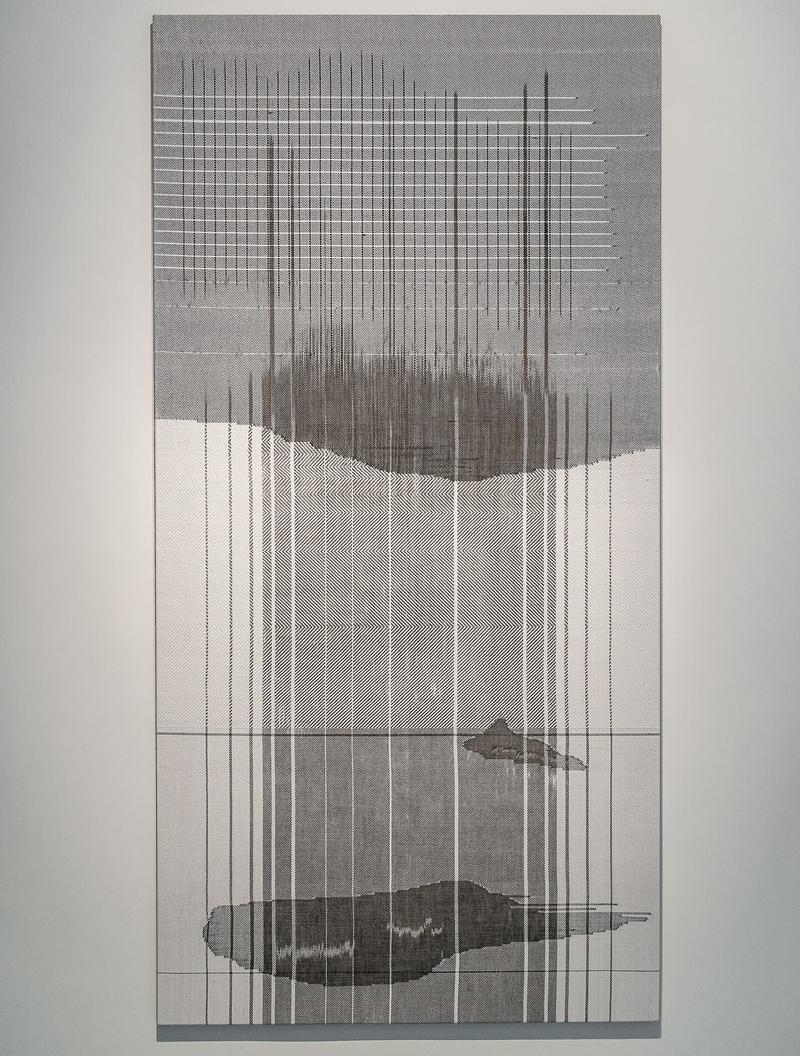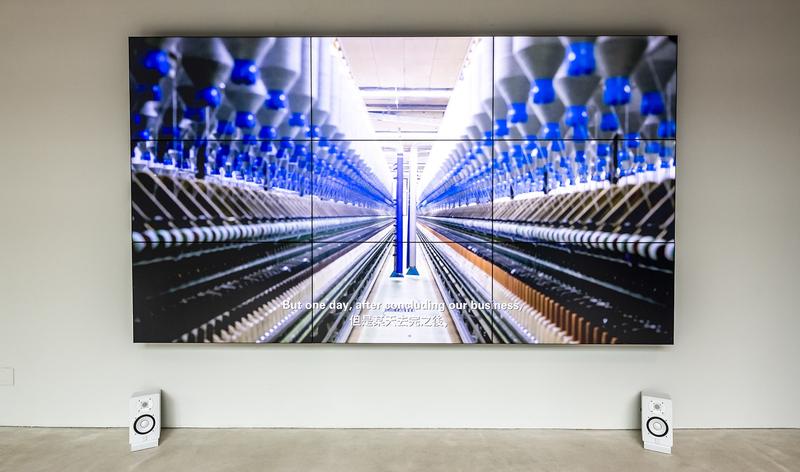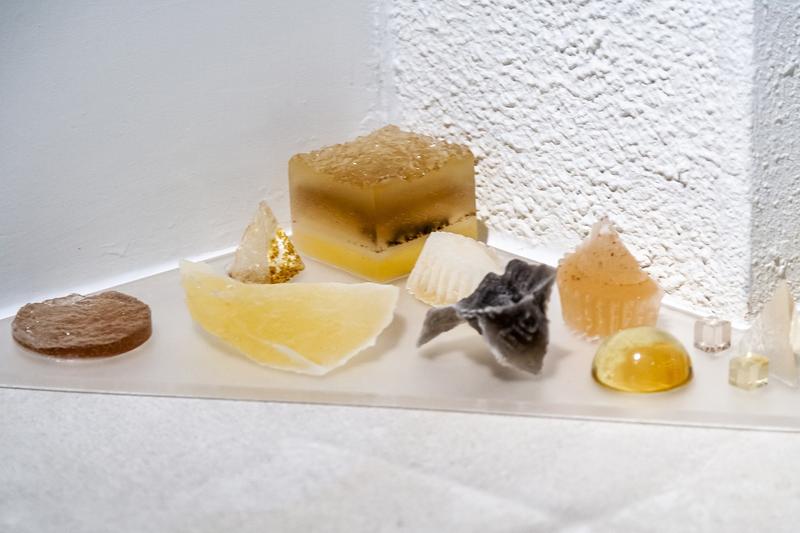 Curator Wang Weiwei wanted to highlight “the great dependence” between East Asia’s diverse cultural entities. (PHOTO PROVIDED TO CHINA DAILY)
Curator Wang Weiwei wanted to highlight “the great dependence” between East Asia’s diverse cultural entities. (PHOTO PROVIDED TO CHINA DAILY)
Accessible online and in person, Spinning East Asia Series II: A Net (Dis)entangled, is an immersive show, exploring complex social and cultural relationships through contemporary art from the region. Now on at the Centre for Heritage, Arts and Textile (CHAT) in Tsuen Wan, the exhibition seeks to disentangle the many cultural yarns that get enmeshed into a work of art.
Curator Wang Weiwei says the aim is “to allow us to understand how our culture was formed through a multitude of influences and events, and how our communities can arrive at a complex yet accepting coexistence”.
“This exhibition oscillates between the double veils of history and reality to examine East Asia’s heavily entangled, mutually dependent yet opposing relationships and dynamics — a situation shared by all other countries under the effects of globalization,” she adds.
 Cha Seung-ean’s tapestry-style artwork is marked by “ink-splashed accidents”. (PHOTO PROVIDED TO CHINA DAILY)
Cha Seung-ean’s tapestry-style artwork is marked by “ink-splashed accidents”. (PHOTO PROVIDED TO CHINA DAILY)
The curator brought together 16 groups of artists from cities including Seoul, Shanghai, Taipei, Singapore, Fukuoka and Tokyo, inviting them to consider their experiences in relation to a wider web of East Asian relations, while pondering the question: How are we to mediate our relationship with others in the context of a complex societal structure?
Among the participating artists, Park Jee-hee from South Korea collected molds from old buildings in her native country besides Japan and China. In Hong Kong, she sourced her material from the former textile factory building that now serves as the exhibition site. The artist created crystallized blocks using resin to encase the molds. A selection of her mold sculptures, grouped under the title Drawing Elliptical Orbit, helps to link up the building’s past and present. “I think that from the moment the visitors encounter the piece, these microorganisms will add to their experience a new microscopic level of history,” says Park.
 Ho Rui An’s film Lining compares the textile industries in Hong Kong and the mainland. (PHOTO PROVIDED TO CHINA DAILY)
Ho Rui An’s film Lining compares the textile industries in Hong Kong and the mainland. (PHOTO PROVIDED TO CHINA DAILY)
Cha Seung-ean combines painting with weaving in her The Floating Intercessor series. Her artworks are created through “tapestry-style of weaving which breaks the systematic regularity of the vertical and horizontal warp and weft” and involves “ink-splashed accidents” — a landscape to be “navigated through mistakes, reconciliation and forgiveness”.
Ho Rui An, an artist who lives between Singapore and London, reexamines the rise and decline of the textile industry in Hong Kong through his film Lining, which analyzes historical shifts in labor, technology and capital, here and on the mainland. Bringing together archival material, interviews with former factory workers and managers, and observational footage shot both in Hong Kong and the mainland, the work, explains the artist, “seeks to trace the material connections that have entwined the two regions with each other long before China’s economic reforms”. He adds that the film aims to expand our historical consciousness of the period between the 1960s and ’90s — at a geopolitical and macroeconomic level — to help us understand the present.
 Park Jee-hee made crystallized sculptures out of molds collected from old buildings. (PHOTO PROVIDED TO CHINA DAILY)
Park Jee-hee made crystallized sculptures out of molds collected from old buildings. (PHOTO PROVIDED TO CHINA DAILY)
Wang, the curator, thinks that exploring and reimagining East Asian relations can also facilitate greater understanding in our globalized present. While people necessarily have different perspectives depending on their social and cultural background, she notes, “the undeniable observation is the great dependence between East Asia’s various entities and stakeholders, be it from a cultural, political or economic point of view”.
If you go
Spinning East Asia Series II: A Net (Dis)entangled
Curated by Wang Weiwei
Date: Through August 7
Venue: CHAT, The Mills, 45 Pak Tin Par Street, Tsuen Wan, New Territories; also online


